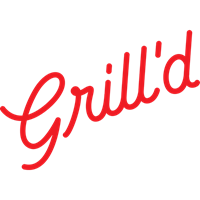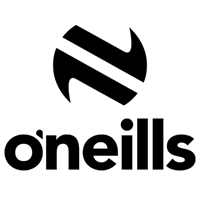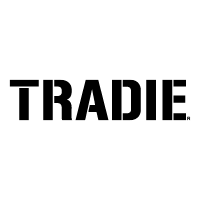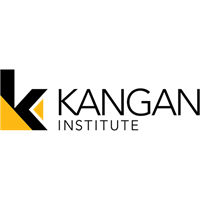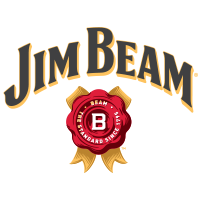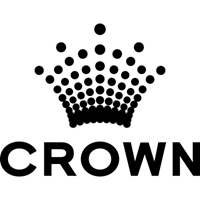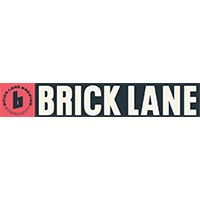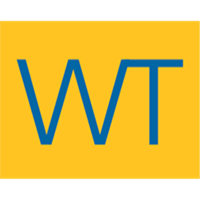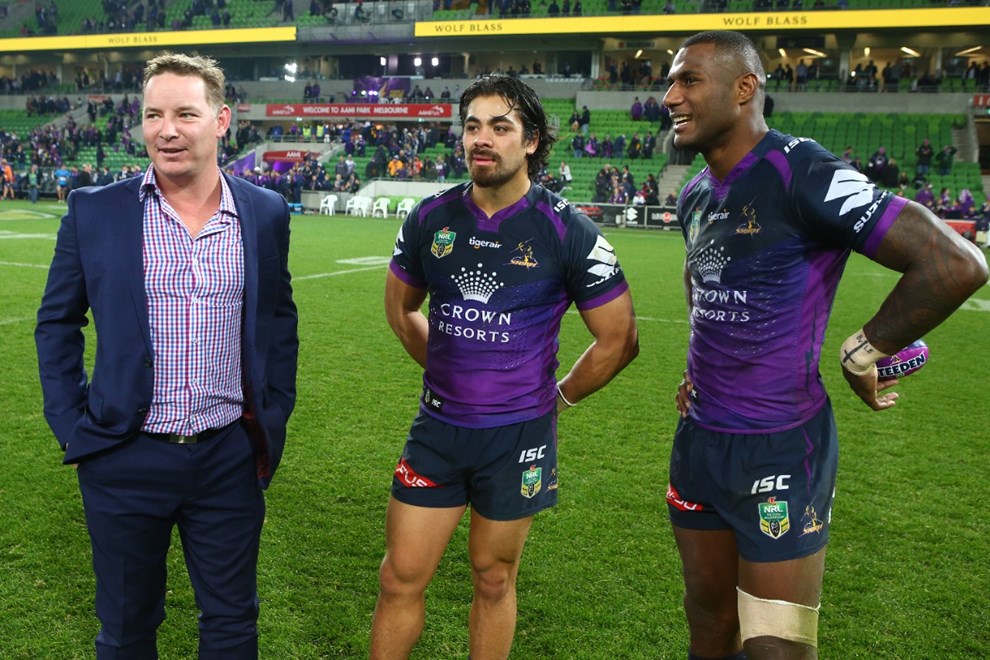

The man behind the revamp of the Melbourne Storm’s attacking structure has revealed the club made a conscious decision in the pre-season to become less robotic and give the NRL what it wanted — more tries.
The Storm became only the eighth side in the past decade to score more than 600 points in a regular season, throwing off the shackles with a major attacking overhaul.
Assistant coach Adam O’Brien, one of the brightest emerging minds in the NRL, was charged with extracting more points from a squad blessed with some of the game’s sharpest attacking players.
“We had the best defence in the comp but we were probably not chancing our arm enough,” O’Brien said.
“When you have poor defence you want to hang on to the footy. We have good defence, so you can free up a little bit with the ball.
“I noticed the last couple of seasons we were finishing first in defence but we were always about eighth for tries.
“Some of that was losing Billy (Slater) too. I knew we had a big team for the last two seasons. I knew we were going to be big and I knew we were going to get some ruck speed, some quicker play-the-balls.
“Probably the main reason was if you look at all the rule changes for the past couple of years it was all about speeding the game up.
“It’s about entertainment. They want tries, the NRL wants to score tries. I was thinking if we were too robotic and too many set plays ... It is like a chessboard. But the NRL don’t want a chessboard.
The results have been eye-catching. The Storm scored 633 points in the regular season, 70 more than last year and the most by a Melbourne side in more than a decade.
They also scored more tries, and made more tackle busts and line breaks. The flip side of that was a slight increase in their error count and completion rate as they took more chances with the ball.
Read the full story in The Australian today.
Your Grand Final info right here! Finals Hub.



